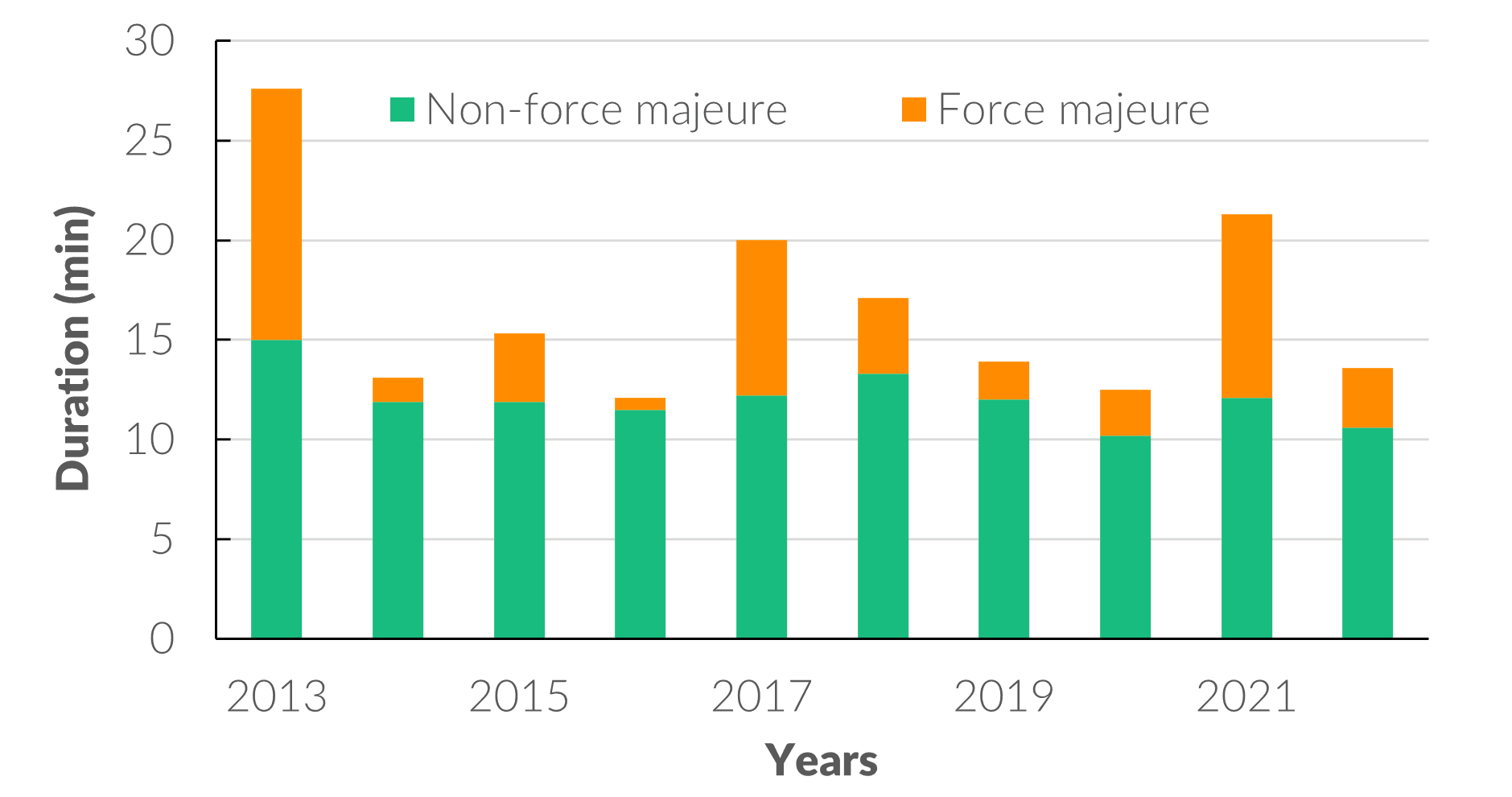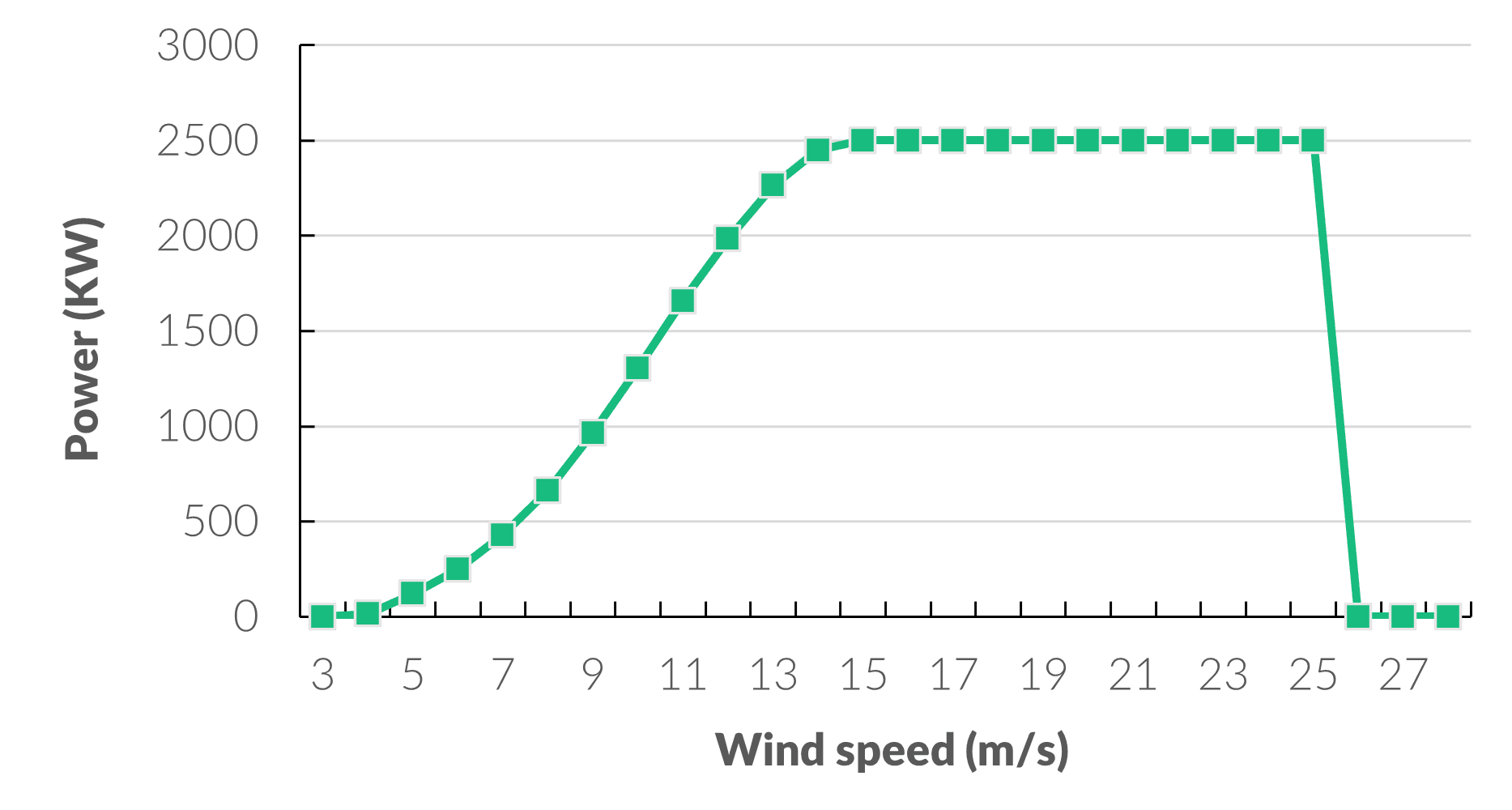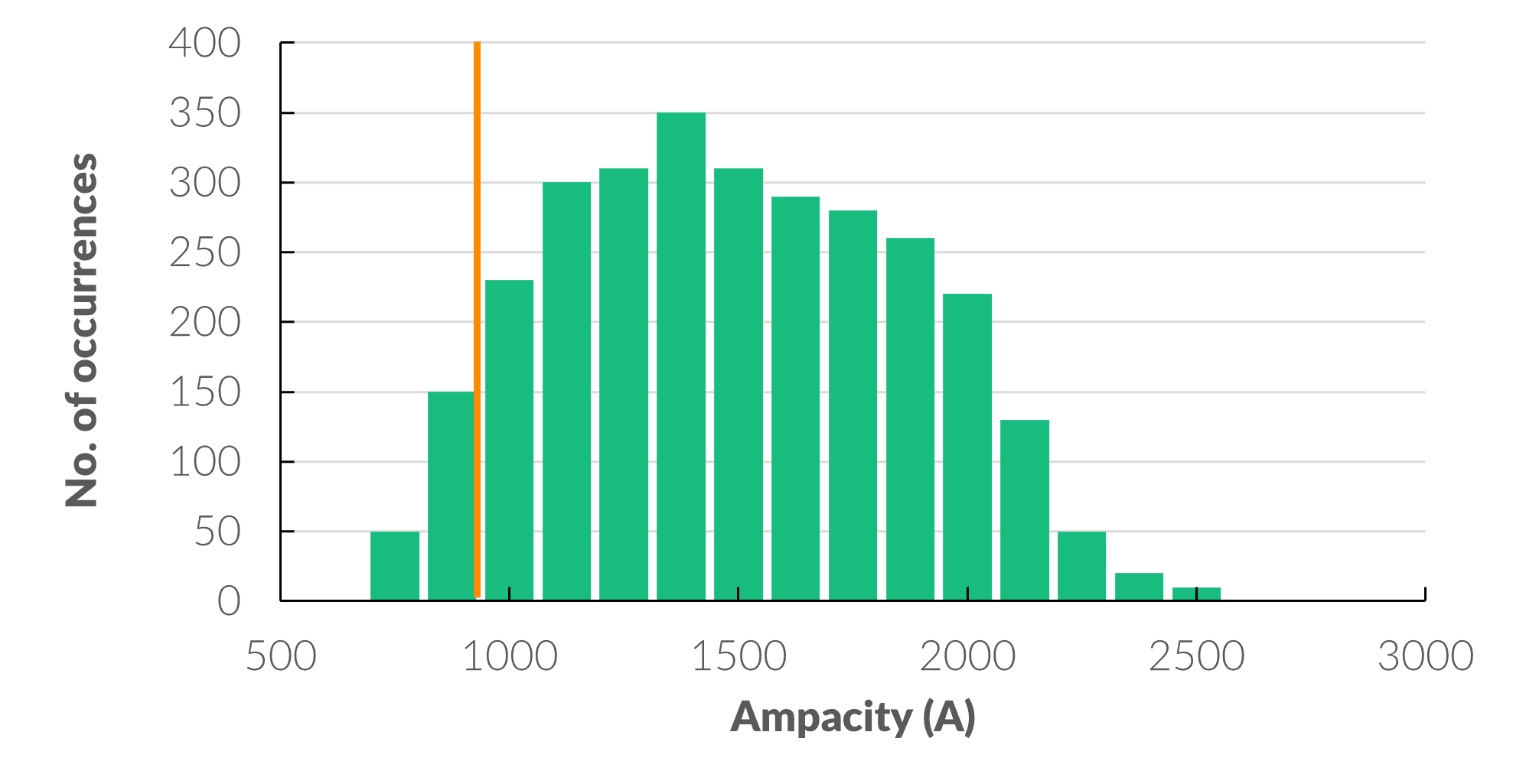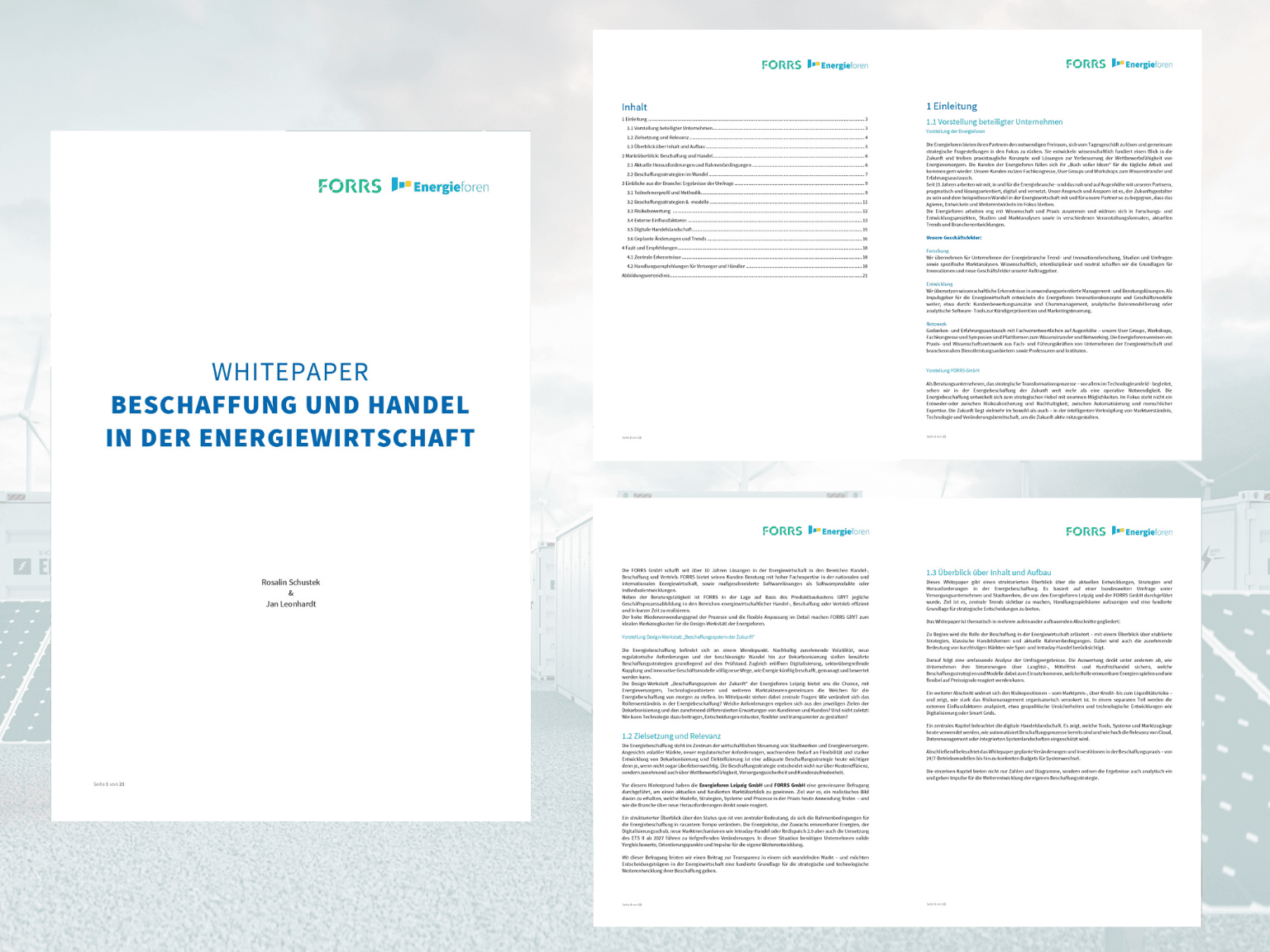24.04.2024 / 09:15
Weather and Energy Infrastructure
Energy Markets

Weather Impacts
Weather phenomena like lightning, heavy rain, snowfall, high winds and heat waves can impact the distribution, transmission and generation infrastructures of the electricity network. In Germany, extreme weather events such as cyclonic storms in 2013 and 2017 as well as floods in 2021 (Figure 1) had a large impact on the duration of power supply interruptions. In 2021, factors such as network operations, third parties or atmospheric effects not including extreme weather resulted in non-force majeure power supply interruptions lasting an average of 12 minutes per client. While extreme weather contributed to an additional 9 minutes of force-majeure power supply interruptions.

Figure 1. Average power supply interruption per client in minutes for Germany (adapted from VDE FNN).
In the United Kingdom, a lightning strike in 2019 resulted in two generators being disconnected from the network which resulted in insufficient power supply. This resulted in large-scale power outages over several days. In Texas during an extreme winter storm in 2021, decreased generation capacity, increased demand and failures in transmission and distribution networks all resulted from extreme weather conditions. A combination of all these factors resulted in large-scale outages lasting several days. Heatwaves and strong winds have the potential to reduce the generation capacity of conventional power plants as well as that of wind turbines. During heatwaves, the efficiency of conventional power plants is reduced as cooling systems are no longer as efficient. At the same time, strong winds can exceed the cut-out speed (Figure 2) of a wind turbine resulting in decreased generation capacity.

Figure 2. Power curve for a Nordex N80 Alpha 2.5MW wind turbine (Adapted from wind-turbine-models).
Line Capacity
Not only the generation side of the global energy system is affected, but the transmission system is massively exposed to weather, too. Weather conditions can impact the current carrying capacity (ampacity) of overhead transmission lines. The thermal limit which is the maximum operating temperature is one of the factors which determines the ampacity of a transmission line. During days with high ambient temperatures, transmission lines are heated and reach the thermal limit sooner thereby decreasing the current carrying capacity of the line. Conversely, on colder and windy days, transmission lines are cooled by winds and thereby have a higher current carrying capacity.
Traditionally, transmission lines are operated using static ampacity values (static rating) to determine the currently available transmission capacity and secure a stable net frequency. These static values are defined by using reasonable estimates of environmental conditions. However, static ratings do not take advantage of changes in the current capacity of transmission lines due to changes in weather conditions. Using real-time measurements of weather parameters such as wind speed, wind direction, solar radiation, and ambient temperature the capacity of the line can be adjusted using dynamic line rating (DLR). The histogram (Figure 3) illustrates the comparison between static and dynamic ratings. Over a given timeframe, DLR enables a more frequent transmission of higher power levels.
Power flows within the existing network are changing due to electricity generation from renewable sources. For instance, during a winter storm, there may be an increase in the demand for electricity as well as in the supply of electricity from wind power. The use of DLR will allow network operators to improve the efficiency of the network, incorporate more renewable sources and adapt to changing power flows by still ensuring a physically stable net. Furthermore, the use of weather forecasts can assist network operators in making informed decisions about the capacity of lines which will likely lead to decreased congestion, redispatch and lower financial costs.

Figure 3. Comparison of static and dynamic ratings (adapted from Renew. Sustain. Energy Rev)
Conclusion
The increased frequency of extreme weather events means that weather conditions will continue to impact the energy infrastructure. It is therefore important to improve the preparedness of the network and utilise new methods to improve the efficiency of the entire energy system.



